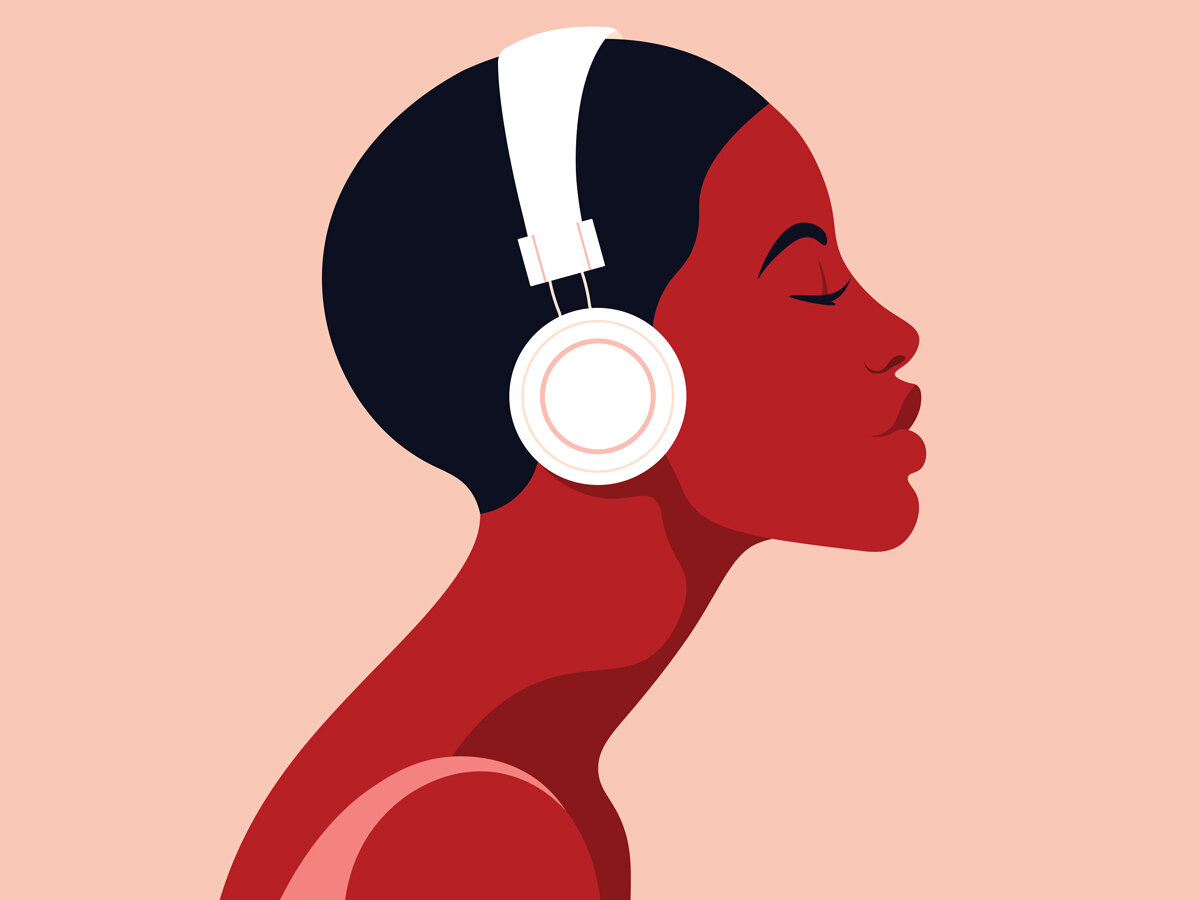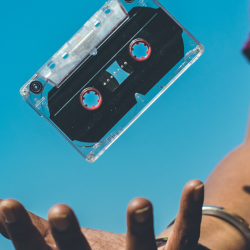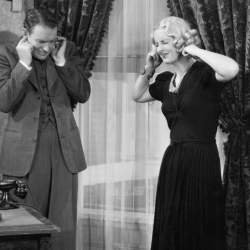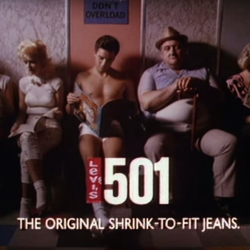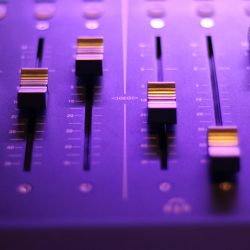Sonic branding has always been a challenge for marketers. They know that it’s not just about simply producing a sound but about developing and measuring one that can work as effectively as other brand assets. The belief that this is incredibly hard to do has meant this crucial area of brand-building has often been neglected or underestimated and huge opportunities missed. As we enter the new age of audio, we look at how sound has the potential to thrust a brand more fully into a consumer’s awareness and what marketers must do to find the sound of success.
Why is sound important?
Whilst still a relatively untapped asset, sonic branding is increasingly becoming a key way legacy brands can differentiate themselves in a crowded market. It has the power to say things words simply can’t convey. It can communicate your brand’s core values in a variety of ways, across a number of devices and via a plethora of variations. And that’s incredible.
Despite it being forty years since the launch of the Sony Walkman, marking the ability for sound and music to truly soundtrack our lives, we are still finding ourselves desperately trying to move marketers away from the limited idea that brand sounds are merely ‘jingles’. And don’t just take our word for it. In an IPSOS study last year, it was proven that distinctive brand assets, like sonic cues, are extremely effective in cutting through. In fact, they are eight times more effective than assets leveraged from wider culture, like celebrities. So why are brands still lacking in this area?
Stand for something or fall for everything
As a brand you are making a lot of noise. Whether you like it or not, there will be a whole ecosystem of music and sound out there, representing you as a brand. If you’re thinking strategically about your visual identity, tone of voice, typography and photography, you should be thinking about your music and sound as well – finding the sweet spot between something that is true to your brand and something that is unique. And this means spending lots of time understanding what exactly you want to stand for and who you are as a brand.
Marketers say that they want to be bold and revolutionary, for example, but then also ‘a friend to all’. That doesn’t work – it’s contradictory. Being unique means you need to stand for something as a brand. And when you do, those values can translate into a dynamic and original sound that resonates with audiences who understand what you are and what you want to be.
Getting marketers to acknowledge this has taken time and can still be an uphill battle, despite studies demonstrating how music has the power to evoke emotion and alter perceptions. We use a tool that creates a unique combination of notes that sound original, resonate and, crucially, are recalled by consumers. It is a fantastic way of getting marketers to really think and possibly even reconsider what they associate as their brand attributes, and this can be a real learning curve for them. It isn’t a coincidence that marketers who use generic descriptions of their brand tend to achieve generic sounds in response. So, it’s a great discussion starter and a way of forcing marketers to be braver.
Make a note to express yourself
This is when it gets exciting. Because we know first-hand that when a brand knows exactly who they are, there are more creative ways of expressing it through sound. Also, the brand is then able to handle lots of situations as it can be flexible with this asset. In this fractured and crowded media landscape, brands are increasingly remembered by customers as a selection of memories, stories and experiences. It’s the ecosystem around your brand, the sum of its parts, that stays with your audience and helps drive recall.
There’s a reason Coca-Cola reigns as the leader in this field. Its investment in sonic assets over the decades means there’s little chance consumers don’t recognise and recall the brand, even if there is no visual accompaniment or even when it’s the simplest of noises. The sound of a liquid hitting ice cubes or the opening of a can – that’s powerful brand-building we’re witnessing.
The sonic identity of a brand can and should work across various touchpoints and executions in really creative ways, whereas something generic loses its spark very quickly and the impact is short-lived. Because sound has traditionally either been seen as an afterthought or simply not given the credit it deserves as a branding asset, this has led to the false belief that it may not be as important as visuals. Luckily, the scientific evidence proving the contrary is now growing.
When will I be famous?
Of course, finding the right sound is only half the battle. You could have the most unique, wonderful sounds, but if you don’t then use them on the right channels and expose your audience to them, they won’t recognise or connect. Finding where sound can work hardest for you as a brand is important. This may regularly change over time as audience behaviours shift, so having a flexible audio asset is crucial. But, ensuring it is heard where audiences are engaging is key, and contributes to the fame of your sonic identity and people recognising it, even if they aren’t seeing any accompanying visuals.
For example, imagine if the Champions League theme tune played in a grassroots football ground of 12-year-olds. In an instant, every single child would feel as though they were on the world footballing stage, empowered by that prestige and ultimately respond in a hugely positive and emotionally engaged way. They get to feel like Cristiano Ronaldo in a sonic second!
In contrast, if you think about your experience in a supermarket, its brand sound should be apparent, even if subtly, across touchpoints: e.g., scanning, check-out and in-store announcements. They have just as much power to impact consumers as a traditional ad on television yet are not used enough.
Authenticity means more than empty promises
If you look at the relationships we’ve had with brands over the years, it’s been an interesting change in dynamics. A few decades ago, we would only really know the product that was being sold to us. Over time, the brands themselves started to seek out more fame and identity as they sold us more variety and made promises on how they could contribute to our lives. Now we’re in an age where we are learning about the people behind the brand, and authenticity plays a large part here because we are placing more accountability on real people and their thoughts. We want to connect with them, and they want to connect with us.
As music partners, we can’t guarantee a brand will gain more purpose simply by changing the way it sounds and its people promising to do good. However, by taking a stance in music that is true to your brand, we guarantee you will be more authentic – something that is always powerful and effective.
Brands are now getting more consistent and more focused which fuels effectiveness, as people understand who they are, and it’s reinforced over and over again.
The sound of brand success
It’s crucial to be strategic with sound and that success isn’t seen overnight. But if you invest the time and money into an asset that is flexible, it has the power to work effectively in both the short and long term. Far more than simply licensing a track that ultimately can be used by other brands too.
By using strategic sound consistently and in the right places, brands start to build up a specific image and perception which has long-term effects and audience traction. Imagine the associations we are building over years – sound is an asset that is almost inexhaustible.
Featured image: Moremar / Shutterstock.com


















